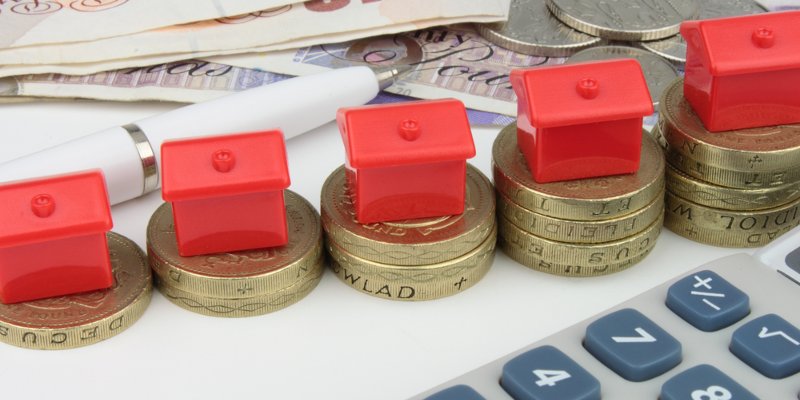Annual house price growth in Scotland is now over eight times the rate of England and Wales, including London and the South East, where prices have fallen.

Annual house price growth in Scotland is now over eight times the rate of England and Wales, including London and the South East, where prices have fallen.
The Your Move House Price Index for Scotland found in the year to the end of January the average price increased 5.9%, by far the fastest of any UK region. The average property is now worth £179,448, up £10,000 on a year ago and the average house increased by £2,800 in the first month of this year alone.
The increase is helped by a particularly strong month in which prices rose 1.6%. Other than the 9.6% spike in March 2015 ahead of the Land and Buildings Transaction Tax introduction, this is the biggest increase since February 2007 at the height of the last housing boom.
Christine Campbell, Your Move managing director in Scotland, said: “Just as the rest of the UK seems to be slowing, Scotland’s seeing a minor price boom. And that’s down in large part to the performance of the market in both Edinburgh and Glasgow.”
“It is still too soon to say what the principal drive behind Scotland’s performance is, however there has been an observable pattern that the number of sales on prime properties above £750,000 has increased over the last twelve months.
“On top of this, there has been a general increase in the price of flats in Edinburgh, likely due to first-time buyers looking for more affordable living solutions in the capital.
“As we move further into 2018, it will be interesting to see how low interest rates, and an increasing shortage of property for sale continue to affect the market north of the border.”
Edinburgh powered the house price growth in January, accounting for the majority of the monthly increase. Prices were up 4.8% (second on the mainland only to the Scottish borders, which were up 6.2%).
This reinforces its importance in Scotland’s housing market, where it accounts for almost a quarter (23.1%) of the annual increase, on a weight-adjusted basis.
Add Glasgow (14.3%), Fife (8.8%) and East Dunbartonshire (6.2%), and these four areas are responsible for more than half the country’s price growth.
Alan Penman, business development manager for Walker Fraser Steele, one of Scotland’s oldest firms of chartered surveyors and part of the LSL group of companies, said: “We should welcome the fact that the Scottish market is performing so well.
“It reflects strong fundamentals and some very attractive areas for buyers. We should also be aware, though, that while we can’t say exactly how much of rising prices is down to a tight availability, it’s a pressing and continuing problem.”
There is strength across the rest of Scotland, however with nine out of 32 local authority areas setting new peak prices in January.
That included Scotland’s second most expensive area, East Dunbartonshire, which has seen the biggest annual increase on the mainland (13.5%), taking prices to £260,776.
And it includes some of its cheaper areas, such as Renfrewshire (11.8%), Falkirk (12%) and, cheaper still, North Lanarkshire (5.1%), where average prices are now £127,654.
East Ayrshire is the cheapest area in Scotland (£115,630), though, as well as one of only six to see prices fall in the last 12 months.
Edinburgh remains the most expensive area, with average prices up 7.6% annually to £264,903, while the second city, Glasgow, was another to set a new peak average price in the month.
Values in the city, which has been the big growth story in the last year in terms of transactions as well as prices, reached £158,851, up 1.1% in the month and 8.4% annually.



